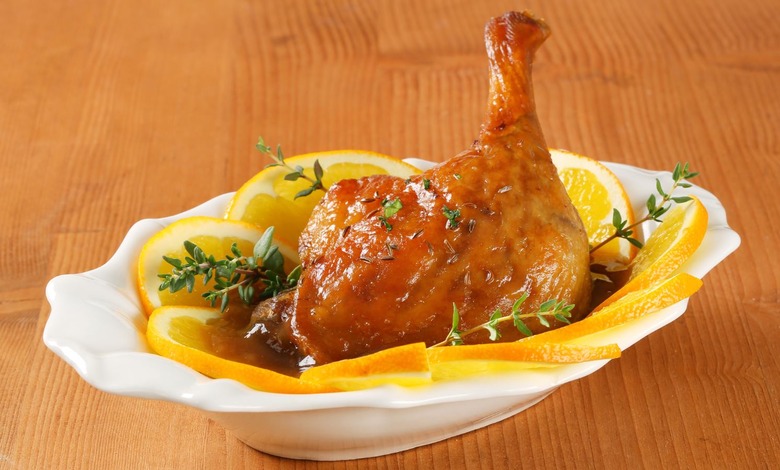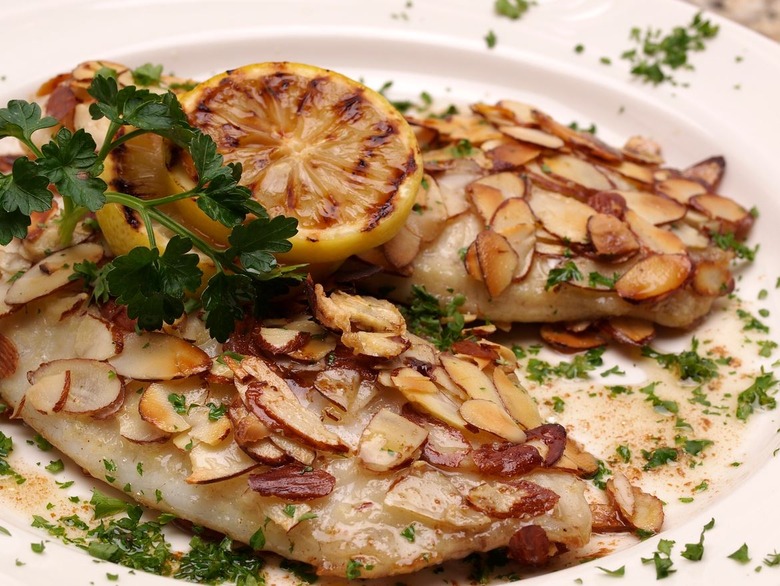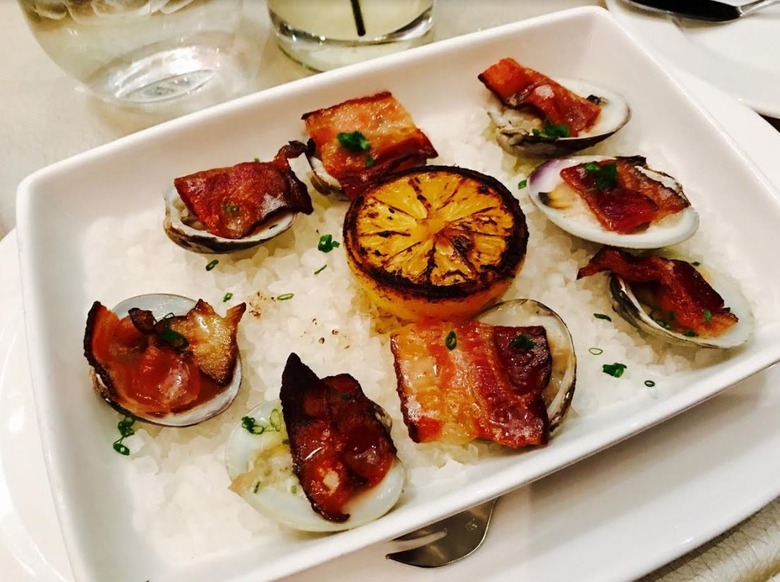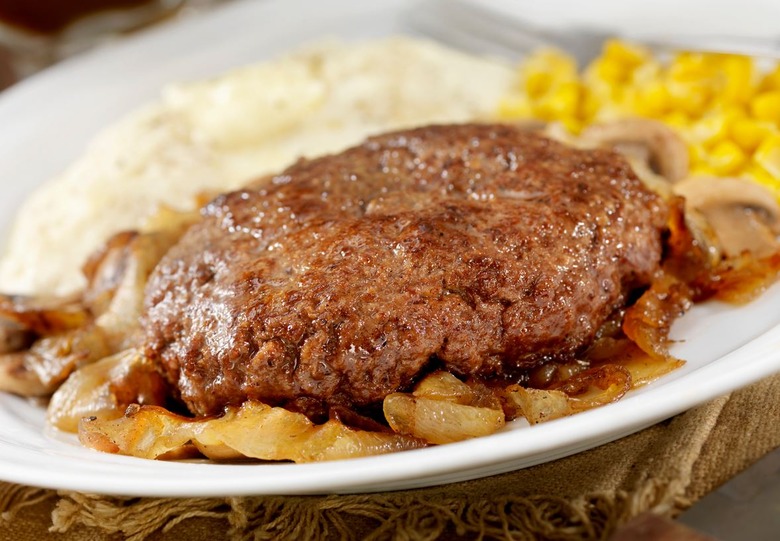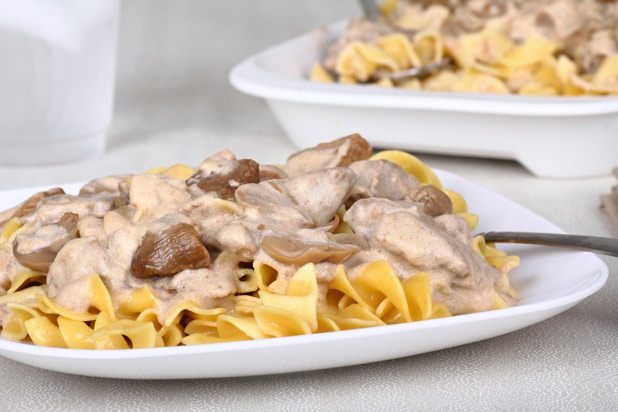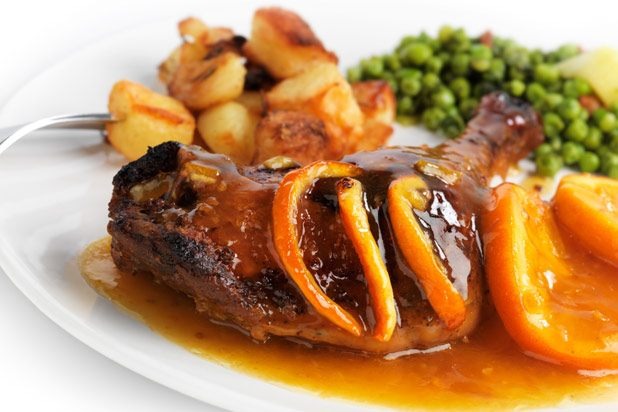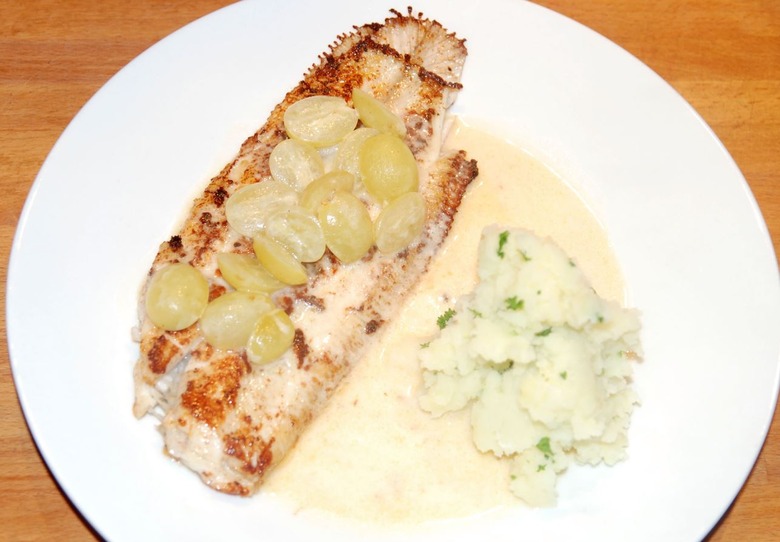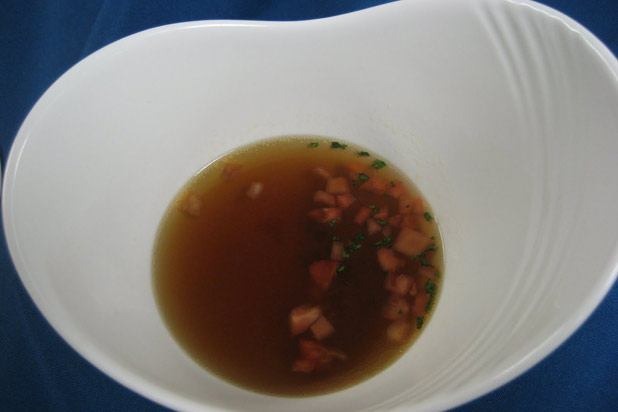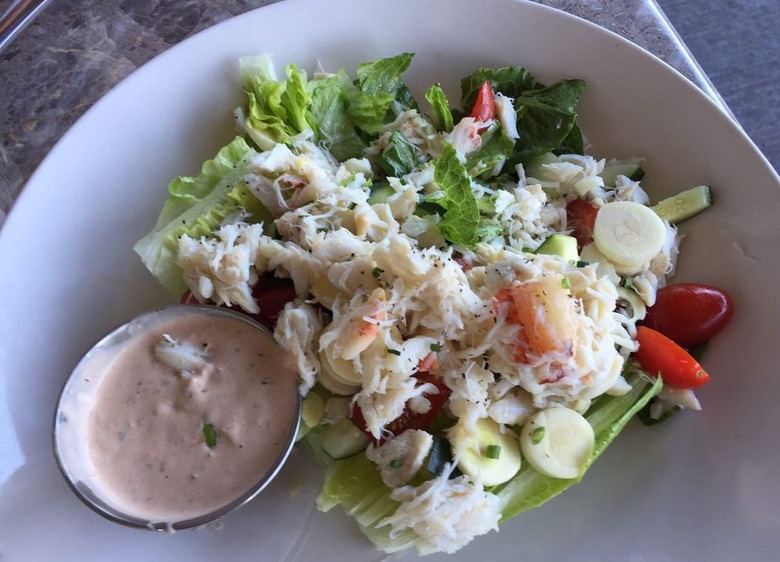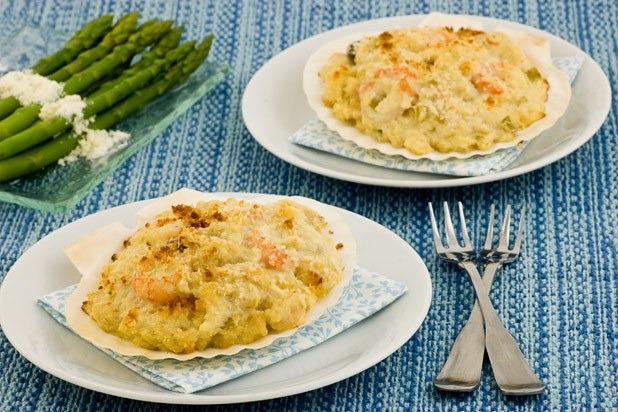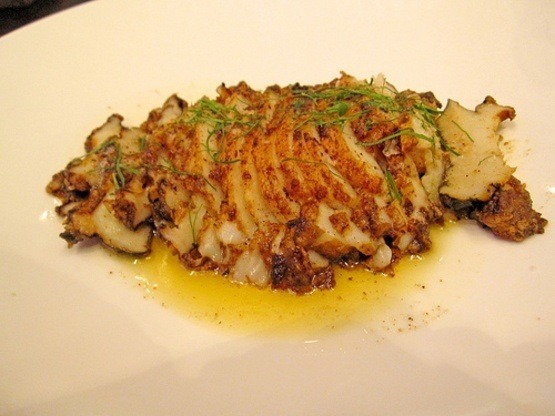No More Crab Louie? 11 Menu Classics That Have Almost Disappeared
If you were to travel back in time 50 years and visit a restaurant, be it a high-end French bistro or a grubby roadside truck stop, a glance at the menu would most likely send your head spinning. Menus are ever-evolving creatures, and even in the past 20 years certain dishes that were once considered restaurant staples have gone the way of the dodo.
Trout Almondine
This dish's official moniker should be amandine, but when it first started appearing on menus (as an adaptation of the French sauce meunière), it was misspelled and it stuck. The dish, a simple pan-fried trout fillet in a sauce of butter, parsley, lemon, and almonds, was once a mainstay on just about every high-end restaurant's menu. Its cousin, sole meunière, is still around, but these days when you see the word almondine it's usually preceded with the words green beans.
Clams Casino
Once upon a time, no respectful restaurant, be it Italian, a steakhouse, or a seafood restaurant, would send out a menu that didn't have clams casino in the appetizer list. The dish came out of the shellfish fad of the early 20th century, when just about every restaurant would have some sort of baked bivalve on their menu. This particular dish, baked clams on the half shell topped with breadcrumbs, butter, and bacon (with regional variations) was reportedly invented in 1917 at the Little Casino in Narragansett, R.I., and for one reason or another it took off (our guess: the bacon). And while the fad has long since died down in most of the country, Clams Casino can still be found in nearly every restaurant in Rhode Island, and Charlie Palmer Steak serves a faithful rendition.
Salisbury Steak
Ah, the Salisbury steak. We all know it by heart: a patty of ground meat (beef, hopefully), topped with gravy and mushrooms, with mashed potatoes, green beans, and a little apple crumble in the middle compartment. But while our memories of it might originate from TV dinners, the dish itself was once an incredibly popular dish at lunch counters and inexpensive restaurants. It actually was invented in 1897 by an American doctor by the name of J.H. Salisbury, who was an early advocate of a low-carb diet for weight loss.
Beef Stroganoff
If there's one dish that's synonymous with the 1950s, its beef Stroganoff, sautéed strips of beef tossed in a sour cream sauce, traditionally served alongside noodles. The dish got its start as an elegant main course in Russia, and after the fall of the empire in 1917 it became a popular dish in Chinese hotel restaurants. After World War II the recipe was brought over to the United States by returning servicemen as well as Russian and Chinese immigrants, and by the time the 1950s rolled around, the dish was everywhere. Its popularity faded over time, though, probably due to flavor fatigue, and the realization that beef and sour cream aren't exactly a winning combo. Now, it's generally found only at Russian restaurants, alongside the pierogies.
Veal Cordon Bleu
This dish originated in Switzerland, and is a riff on traditional schnitzel. But instead of just frying the pounded veal cutlet, it's stuffed with ham and an easily meltable cheese (generally Swiss or Gruyère), rolled up into a roulade, and then deep-fried. This was another staple of fine dining restaurants from the 1950s right into the 1990s, but in recent years the heavy dish, like the similar Chicken Kiev (which is stuffed with garlic butter) and its counterpart chicken cordon bleu, has fallen well out of fashion. Cordon bleu translates to "blue ribbon," and it has no affiliation with the famed Cordon Bleu cooking school.
Duck a l’Orange
While the earliest recipes for duck a l'orange trace their roots to early 17th-century France, citrus fruits have been paired with fatty meats since at least the Middle Ages. The classic recipe for canard a l'orange, which was introduced to American palates via high-end restaurants in the 1940s, is still one of the most delicious ways to prepare the bird: a duckling is roasted in a hot oven alongside oranges and thyme, and then the sauce is reduced down with sherry and butter. Unfortunately, by the 1970s, the dish had become somewhat of a running gag at French restaurants, as chefs would corrupt the sauce by adding marmalade, cornstarch, and copious amounts of sugar. The dish died out almost entirely soon afterward, but if you can track down a truly high-end preparation (like the one at New York's Dirty French) it can truly be a dish to remember.
Sole Véronique
This dish was invented by one of the greatest chefs who ever lived, Georges Auguste Escoffier, during a visit to London, and he named it in honor of the opening of a French opera there. Its name? Véronique. It's a fairly simple preparation of Dover sole poached in white wine and topped with a sauce of heavy cream, fresh herbs, and grapes. And while grapes and fish might not make for an obvious pairing, audiences around the globe went crazy for it, and it became a French restaurant mainstay. Today the dish has all but vanished.
Consommé Madrilène
If there's a trend to this list, it's the fact that most of these vanished dishes originated in France, and are rather difficult to prepare. Such is the case with Consommé Madrilène, a traditional French clear soup with tomatoes as the star ingredient. Consommé, which is a rich broth that's crystal clear thanks to the laborious process of constantly skimming the top while it's cooking, is traditionally served cold and is another vanishing dish. But this particular preparation, another staple of haute French cuisine, is rarer still.
Crab Louie
This salad was incredibly popular at the turn of the 20th century, especially on the West Coast. It originated in either Seattle or San Francisco, and in it's classic form it's a fairly straightforward salad of crabmeat, sliced hard-boiled eggs, tomatoes, and asparagus, served on a bed of lettuce. It was traditionally served with a mayonnaise-based dressing, in some cases Green Goddess dressing, another former West Coast staple that's mostly fallen out of favor. The salad had a nationwide boom during its early-1900s heyday, but is now only available at a few hotels and restaurants on the West Coast (San Francisco's acclaimed Swan Oyster Depot's version is legendary), with an uptick during peak crab season.
Coquille St. Jacques
There was a time when Coquilles St Jacques — another rich French dish of scallops sautéed in butter, topped with Gruyère and breadcrumbs, and then broiled — was so popular that even Julia Child published a recipe for it. Yet another French restaurant mainstay, it's a dish that's simply not served in all but the stuffiest of old-school French restaurants these days.
Abalone Meunière
This dish was always considered a delicacy, another West Coast specialty that had a brief, booming heyday and has since vanished into obscurity. Meunière sauce, similar to the already-mentioned amandine sauce, is a simple mixture of butter, parsley, and lemon juice, and in this preparation, abalone (a type of edible sea snail) is pounded thin, sautéed in butter, sliced, and served topped with the sauce. The dish was incredibly popular in the mid-20th century; so popular, in fact, that some restaurants substituted large calamari for abalone and diners were none the wiser. The poor shellfish was nearly driven to extinction, and finally restaurants stopped serving it. The dish has experienced a slight resurgence in a few California restaurants thanks to some thriving abalone farms, but due to the fact that table-ready farmed abalone takes many years to reach the preferred size of about seven inches, odds are it will never experience the kind of nationwide popularity of its heyday.
